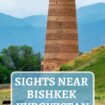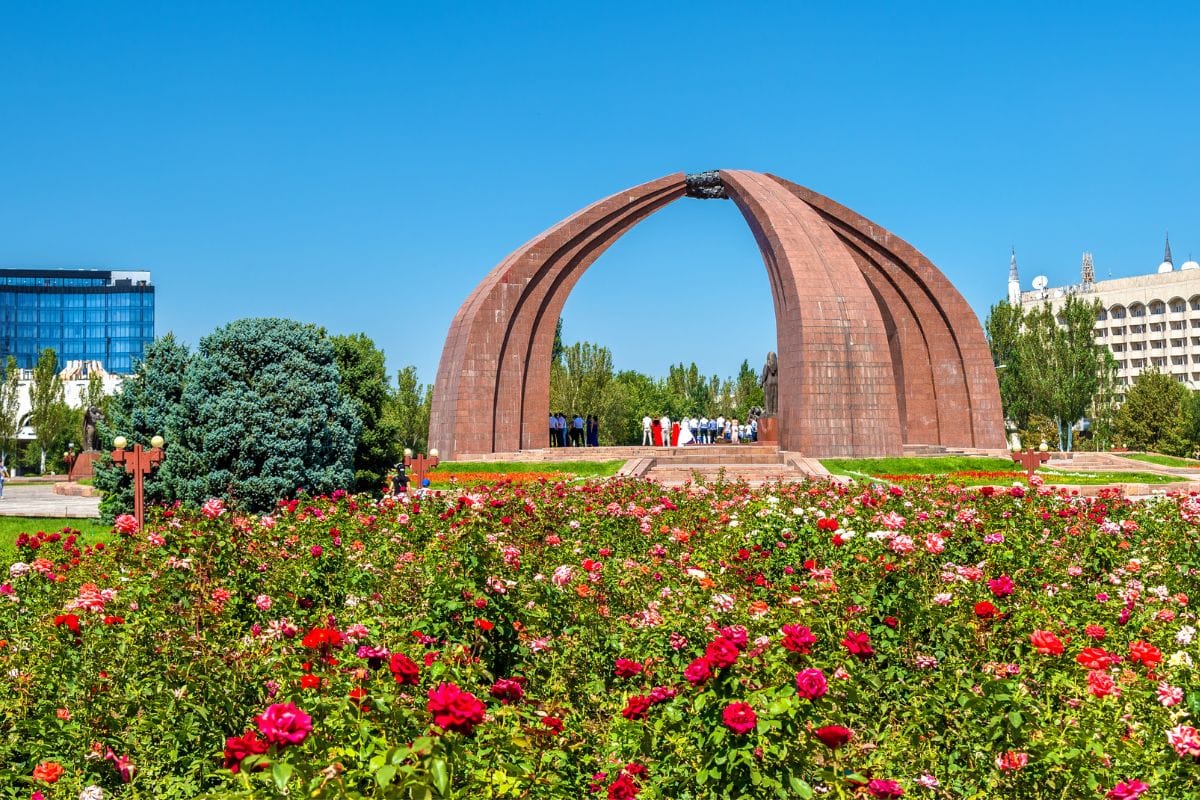
Go World Travel is reader-supported and may earn a commission from purchases made through links in this piece.
Central Asia remains one of those uncharted destinations and Kyrgyzstan is potentially its natural pearl. Located amidst more modernized Kazakhstan, Uzbekistan, Tajikistan and China, Kyrgyzstan boasts its snow-top summits and saline lakes.
Unlike its neighbors, Kyrgyzstan is a host of untouched natural beauty that can often only be approached on foot or by horseback.
While comfortable highways are constantly being built to reach the remote corners of the country, taking the last leg of one’s adventure still most likely means setting your boots on the ground.
The outdoors in Kyrgyzstan consists of mountainous regions, green steppe and mountain lakes with natural hot springs. This nature is interspersed with charming small communities where time stopped some fifty years ago.
Despite its turbulent history, the Kyrgyz themselves have sought to hold on to their ancient principles. Especially when it comes to governing themselves and minding their daily affairs. Perhaps that is why it is often referred to as the ”Island of Democracy“.
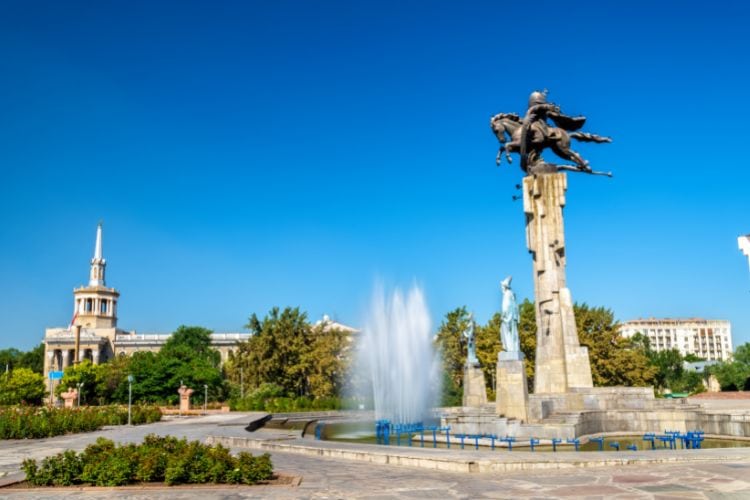
History of Kyrgyzstan
The whole region was once part of Turkestan situated along the ancient Silk Roads. It was divided into the Kokand and Bokhara khanates.
They shared contemporary Kyrgyzstan with the Chinese Qing dynasty until the late 19th century. It was an important route to China from the ancient cities of Bokhara and Samarkand for the Silk Road trade.
The Kyrgyz people fought for their existence with the lead of the mythical hero Manas. It was Manas who joined the Kyrgyz tribes and gave birth to the national epoch surviving to this day as the longest poem in the known world.
Best Tips & Tools to Plan Your Trip
Kokand, with its center in the abundant Fergana Valley, prospered until the Tsarist Russian conquest began in the 19th century. For the Kyrgyz people, the arrival of the Russian army meant liberation from raiding bands. However, it also signaled the implementation of colonial rule.
Nevertheless, the Kyrgyz saw a chance to benefit from the rule. With the lead of Kurmanjan Datka, the first female Kyrgyz leader began the modernization project of the people at the end of the 19th century.
The modernization project was eventually inherited by the Bolsheviks. They used the region for their nationalizing experiments until the USSR’s collapse. The Kyrgyz woke up one morning in 1991 to realize that the old rule did not exist anymore and quickly declared independence on August 31st.
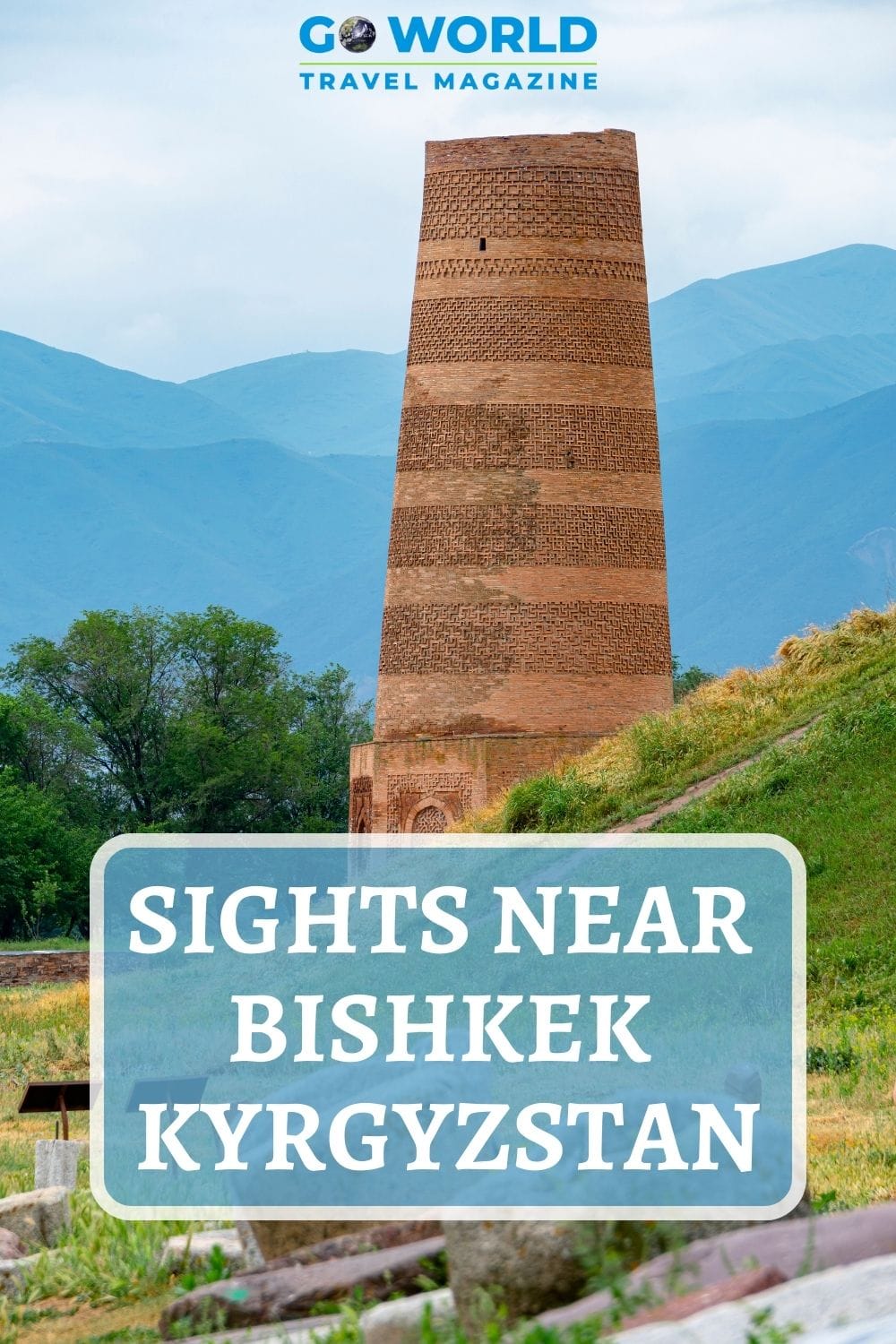
Accommodation and Getting Around in Kyrgyzstan
Bishkek has a wide variety of accommodations from chain hotels like Hyatt to family-run B&Bs. The hostel scene is very affordable and the competition is high. This gives the properties incentive to serve their clients in the best possible manner.
The luxury hotels have everything from roof-top restaurants to spas and gyms. The hostels often try to differentiate with a green garden to provide an escape from the hot streets during the summer. In addition, they often prove helpful in assisting with tour bookings.
Outside Bishkek, accommodations are mostly family-run B&Bs. They can be booked online or through booking with a Community-Based Travel (CBT) agency. The CBT finds local families who are willing to host people in their private homes.
Often this offers a win-win for travelers wanting to experience local life as well as support the local community. Families are also the best option to try horseback riding.
While the tour operators take their cut in organizing such feats, the families are usually happy to lend their animals and company for a fraction of that price.
For traveling purposes, there are buses between towns, but shared taxis are often an affordable and much quicker means to move around.
There are also many people renting out anything from bicycles and motorcycles to 4x4s. There are daily flights from the Manas airport in Bishkek to the southern capital Osh.
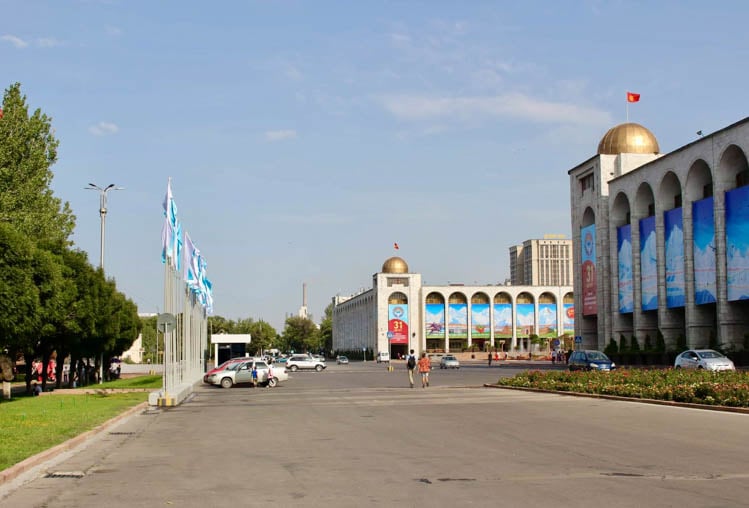
A Stroll Through Bishkek’s Streets
Bishkek, the capital of Kyrgyzstan, is a fine example of Soviet city planning. High-rise buildings are absent with the city horizon made up of private properties and gardens.
The city reaches out from the Ala-Too Square surrounded by oak parks, administrative buildings and the museums of fine arts and Kyrgyz state. This is where Manas himself oversees his ancient country’s growth.
In Bishkek, it is easy to lose oneself between the main avenues and the beautiful secret gardens the residents have set amid the buildings. Walking around in Bishkek is easy, safe and comfortable even during the hot summer months.
One can always find shade in the parks of Panfilov and the botanical garden. This garden is the biggest in Central Asia and constitutes a maze of green alleys, where the lovers meet hidden from public scrutiny.
The newly renovated State History Museum offers an interactive peek at the region’s history. Unlike the museum in Almaty and Tashkent, it has English-speaking guides and content.
A restaurant carrying the city founders name, M. Frunze offers fine local cuisine and an art gallery displaying traditional landscapes by young Kyrgyz artists.
Behind the mansion-like restaurant is the museum of Mikhail Frunze telling the story of a doctor’s son studying six books he deemed important and later establishing the Kyrgyz capital.
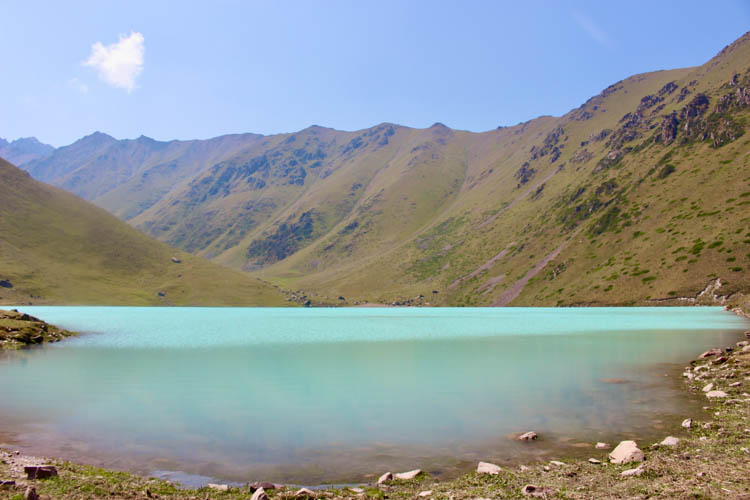
Koltor Tour
A newly elected second national park is just an hour and a half drive with a marshrutka minibus from Bishkek. Here you will find a traditional yurt camp set along a mountain stream.
The camp supports eco-tourism and is the starting point for a popular trek to the Koltor mountain lake. The day trek to Koltor takes the explorer through old pine woods on a mountain path up to 3200 meters. A lucky adventurer may see the tail of a snow leopard quickly vanishing in the woods.
Once at the lake, many will attempt the challenge of dipping into the cool turquoise water of melted snow from the surrounding giants.
Upon return to the camp, hot pots of traditional plov await the hungry trekker. Lamb and horse-meat dishes are washed down with chai and water from the mineral-rich stream. If you ask kindly, the host Rustan might give you a taste of his private stock to celebrate the day’s conquest.
Issyk Ata Waterfall
South of Bishkek is the green foothills of Issyk Ata. Many people will either rent or bring their own bicycles to enjoy this ideal escape from the buzzing city for a day or two. The ascent to the foothills is mellow and the waterfall offers a scenic place to have lunch.
The best time to return is during sunset when the emerald green steppes and grazing camels are illuminated by the last rays of daylight. Then it’s a quick descent down and back to Bishkek.
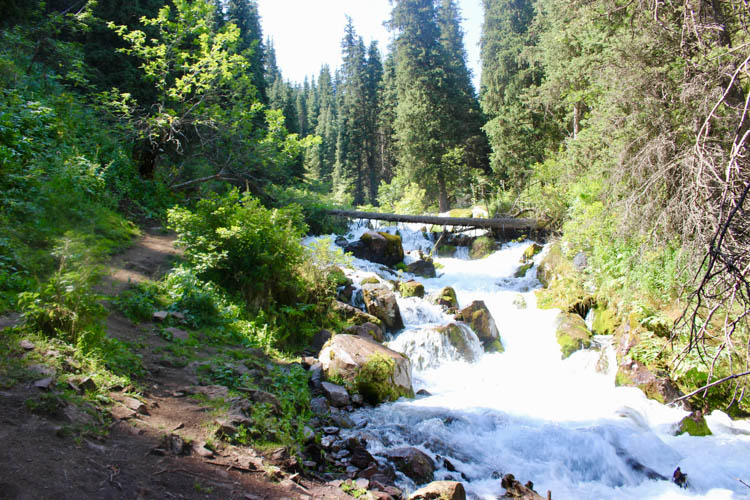
Issyk Kul
The tenth largest lake in the world and one of the deepest, Issyk Kul is the most popular holiday destination for the Kyrgyz. Its shores offer a varied repertoire of attractions. This includes the south side mineral baths and the sand beaches of the northern shore with modern hotels and beach bars.
The best way to experience the whole lake is to rent a 4×4. However, another more budget option is to jump into a marshrutka from Balykchy. This is accessible with an old school train departing Bishkek in the early hours on weekends.
The south side offers more authentic vistas in comparison to the northern side of the lake. After lying in a hot mineral bath, a traveller can book a room in one of the quiet, small villages. Then they can enjoy dinner in an apricot garden, where the dessert is picked straight from the tree.
On the east end of the lake is Karakol, where visitors will be surprised by its modernity after the south side dusty roads. The government in Kyrgyzstan labelled Karakol as the second capital, which brought in a lot of investments in tourism. It is also the starting point for many popular short and long treks. The cafés, draft-beer bars and even vegetarian restaurants are a temptation hard to avoid after a long road.
On the way back, it is advisable to find appropriate supplies from a local bazaar and enjoy a barbecue on the sandy beaches after washing the dust off in the lake. Being one of the deepest lakes in the region, it is said to hide two training submarines for the navy cadets under its surface.
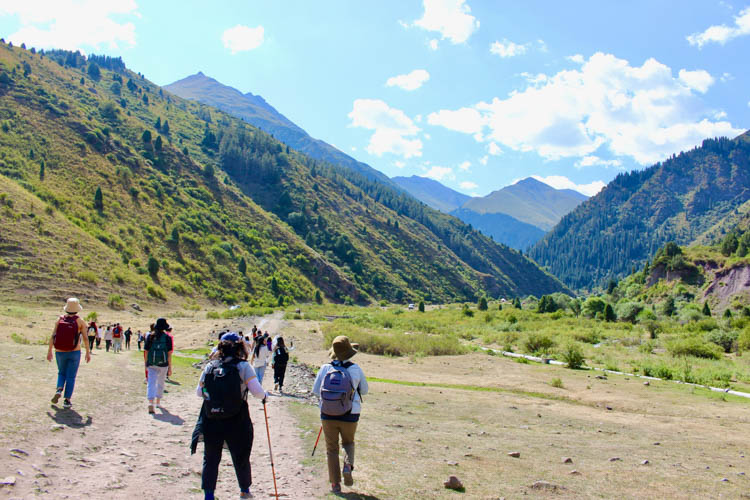
Book This Trip to Kyrgyzstan
Start planning your exciting adventure to Bishkek today. Get prepared with knowledge on how to get around, hotel and VRBO accommodations, local restaurant reviews and more through TripAdvisor and Travelocity.
More helpful links:
- CBT-travel website for booking family stays: https://cbtkyrgyzstan.kg
- Caravanistan blog: often useful and up-to-date tips for Central Asia: https://caravanistan.com
- Train time tables and tickets in KG: https://rail.cc/kyrgyzstan/xkg
- Official Visit Kyrgyzstan website for info and tour booking: https://visitkyrgyzstan.kg
- One of the cheap airlines flying to Osh: http://tezjet.kg
Author’s Bio: Juho Kääriäinen, a lifetime globetrotter and a former Finnish restaurant chef, who went into cultural studies and lives in Central Asia. Currently working on my dissertation and traveling in Central Asia whenever they forget to lock me in the library.
- Travel Guide to Colorado - April 26, 2024
- Travel Guide to Croatia - April 26, 2024
- Top 10 Things to Do in Ireland - April 25, 2024

